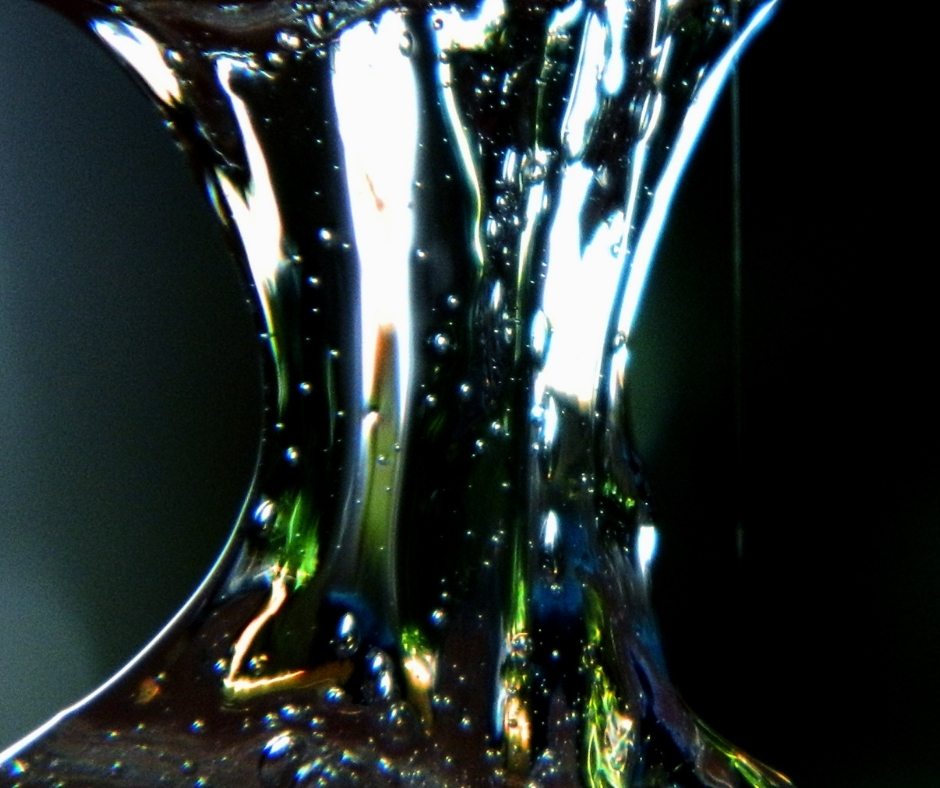E6000 is an incredibly popular glue adhesive. Across wood, glass, ceramics, masonry, concrete, and more, this is a great product. But, how strong is E600? Turns out this product is extremely strong. It has a tensile strength of 3,500 lbs/in². In this article, we’ll break down common questions about E6000. We’ll also be comparing it with other common glues!
In This Article We'll Discuss
How strong is E6000
E6000 is an incredibly efficient glue. Over the past several years, E6000 has become one of the top glues on the market. It works across many surface types and holds a lot of strength.
To put some numbers to this, a tensile strength of 3,500 lbs/in² is what E6000 manages. This is a fantastic number and is suitable for a range of projects. E6000 also has a high bond strength. Manufacturers report that it has a strength between 34 and 45 PLI (pounds per linear inch). This, of course, depends on the material used. Hence the range.
Specifically, the bond strength in pounds per linear inch in different materials are:
- Wood = 40 pli
- Steel = 45 pli
- PVC Plastic = 38 pli
- Glass = 34 pli
How good is E6000?

E6000 is a fantastic glue. One of its best features is how versatile it is. While working on many materials, it also remains very flexible. This flexibility allows this product to shine in craft projects.
E6000 is also resistant to extreme temperatures. Due to this, you can use it inside or outside without any hassle. It is also waterproof, so you can use it even in the most rainy climates. It is both washer and dryer safe, making it perfect for crafts.
One of the main reasons people love this glue so much is that it can manage many different surfaces. Considering that it is completely transparent, you can use it in many places. That’s even without ruining the aesthetic of an object you are gluing.
What are the pros and cons of E6000?
When it comes to E6000, there are significantly more pros than cons.
Pros:
- Will bond to glass, ceramic, and many other materials
- Very flexible after dry
- Great for use on fabrics and textiles
- Comes in many colors
- Perfect for both indoor and outdoor use
- Will hold in a washer and dryer
- Waterproof
- Will not crack when flexed and stretched
- You can paint over it
Cons:
- When applying E6000, there are very strong fumes. These fumes tend to linger, making it quite an unpleasant smell to work with
- Once you open the lid of E6000, it will begin to flow out of the tube. This will continue until you put the lid back on. Due to this, E6000 is extremely messy to work with. You will have to work quickly, or you will be spilling a lot!
Is E6000 better than Gorilla Glue?
These two glues are often compared. However, they are fairly different. While Gorilla Glue is water-based, E6000 is solvent-based.
Flexibility
They also have different abilities when it comes to stretching. You can elongate E6000 by up to 900%, flexibility being one of its main selling points. However, you can only stretch Gorilla Glue by 600%.
Drying Time
Gorilla glue will dry incredibly quickly. It only takes around 10-20 seconds for this product to completely dry. On the other hand, E6000 will take around 5 minutes to dry. If you’re looking for speed, Gorilla glue is much better.
Temperature Resistance
In this category, Gorilla glue takes the cake. E6000 will resist up to around 180-200 Fahrenheit. Gorilla glue can resist a large temperature of 220-230 degrees Fahrenheit.
Weight Capacity
In weight capacity, Gorilla glue also wins. Gorilla glue can hold up to 3626 lb/in² of weight. On the other hand, E6000 can only hold 3500 lb/in².
Ease of use
When it comes to actually making and using the product, E6000 is the hands-down winner. You don’t need to moisten or mix anything with E6000. Simply take off the cap and get to work. However, you will need to actually mix and make the Gorilla glue. This category, therefore, goes to E6000.
Although these glues are different, they are great in different scenarios. If you’re going to be using the glue inside, I would say that E6000 is better. That’s because it has great use on fabrics. However, if you’re working outside, I would suggest that you go for Gorilla Glue.
Is E6000 stronger than epoxy?
E6000 has a different composition than epoxy. Although Epoxy is normally stronger, it is much less flexible. Therefore, when buying, make sure you know exactly what you need to glue for. If it is for strength, go for a strong variant of epoxy. If you need lots of flexibility, go for E6000.
What will E6000 not stick to?
There are a few materials that almost no glue will stick to. E600 similarly falls into this trap. Any fluorinated material will be hard for the glue to stick to. These include FEP, PVDF, and PTFE.
Alongside this, many plastics are also difficult for E6000. Although some plastics will be okay, these will give E6000 trouble:
- Teflon
- Polyethylene
- Polypropylene
- Nylon
What glues are comparable to E6000
One of the most comparable glues to E6000 is gorilla glue. As I suggest in this list, they are very similar. Although there are differences, they both do more or less the same thing.
A less heard of glue that does a similar thing is Loctite. This glue is more flexible than gorilla glue. If you don’t want to use Gorilla glue, opt for Loctite.
Is E6000 permanent?
In most cases, yes E6000 is permanent. That is, of course, because it is a very strong clue. However, if you need to get rid of E6000, there is a way you can do this. If you use acetone nail polish remover, you should be able to break up the glue bonds.
Although this is a slow process, the nail polish remover will work wonders. This is an especially useful tip to know in case you spill any of the glue! Keep some acetone nail polish remover on hand
Is E6000 dangerous?

With any industrial product, there are a few risks of use. Although these are all minor and occur rarely, they are worth nothing. The manufacturers of E6000 presume that it causes cancer in humans. This is from some animal studies they have previously conducted.
Alongside this, it can cause skin irritation if you expose yourself for a long period of time. Be sure to quickly wash the product off if it sticks to you. Remember to have some acetate nail polish on hand!
E6000 can also cause non-permanent eye irritation. If you expose yourself to E6000 in your eyes, please wash them out immediately.
Although these risks seem drastic, almost any glue on the market has exactly the same risks. While there are dangers to using E6000, it is not inherently dangerous.
Conclusion
When wondering how strong is E6000, many other questions come up. In this article, we’ve broken down exactly how to use E6000. We’ve explored some of the competitor glues. Finally, we answered all of the common questions that surround this fantastic glue.



